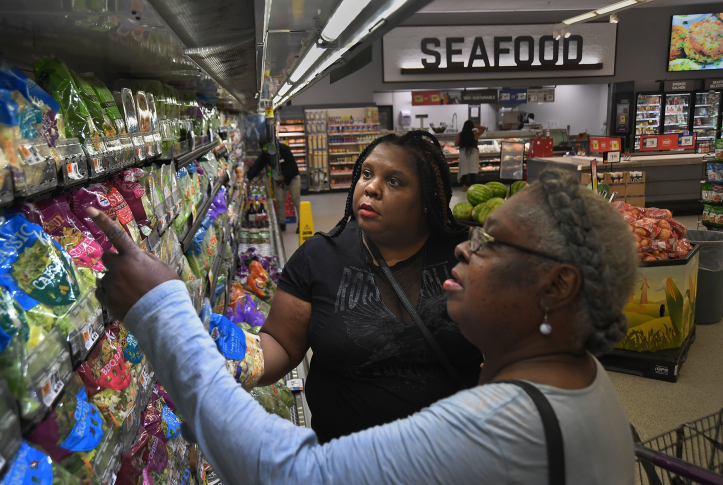Abstract
- Issue: Social, economic, and location-based drivers of health (DOH) have an outsize impact on health — especially for Medicare and Medicaid beneficiaries, who are more likely to be elderly, have low income, or have complex medical needs. The Center for Medicare and Medicaid Innovation (CMMI) addresses DOH in many of their health care payment and care delivery models, but lessons from them have not been synthesized.
- Goals: Describe how CMMI models have addressed DOH-related needs and identify factors facilitating or hindering participants from addressing these needs.
- Methods: Review of evaluations, applications, and memos for 40 CMMI models.
- Key Findings and Conclusions: In 23 of 40 models, participants addressed DOH-related needs to some degree. For some models, CMMI required these activities; in others, participants voluntarily pursued them. Common strategies included screening beneficiaries for nonmedical, social needs and/or referring beneficiaries to social services and community-based organizations. Participants were rarely required to assess or address DOH needs, however, and evaluations, when conducted, were not standardized. Participants noted that greater financial support, financial incentives, and technical assistance would enable them to better address patients’ DOH needs. CMMI might also consider requiring standardized DOH screening and incorporating performance measures in evaluations.
Introduction
While physical health has biological and environmental determinants, social, economic, and location-based factors account for about 80 percent of health outcomes.1 Known collectively as drivers of health (DOH), these include access to safe housing, reliable transportation, and nutritious meals, among many other influences.2 Because unmet needs related to DOH have been linked to increased hospitalizations, emergency department visits, and overall costs to the health care system, health care providers and payers have become increasingly interested in identifying and addressing the DOH-related needs of patients.3 It has been further demonstrated that investments in programs designed to meet these needs can produce significant returns.4
For more than a decade, the Center for Medicare and Medicaid Innovation (CMMI) — part of the Centers for Medicare and Medicaid Services (CMS) — has tested new, potentially transformative models of paying for and delivering health care. Across models, participants have addressed DOH to varying degrees, with the intent to better support Medicare and Medicaid beneficiaries, who are more likely to be low income, older, and/or have complex medical conditions, placing them at risk for unmet DOH needs, poor clinical outcomes, and high-cost care.5
To date, no studies have systematically assessed these models to glean lessons that might inform future CMMI efforts. Having such information will be particularly important as CMMI implements its strategic vision for the next decade of delivery system reform, which is expected to place a heavy emphasis on addressing social needs as a means of advancing health equity.6
To help fill this knowledge gap, we reviewed evaluation reports and requirements for 40 CMMI care delivery models (see the appendix for details on each one).7 We searched for information on the extent to which CMMI required or encouraged participants to address DOH needs of patients, examples of how model participants addressed DOH needs, and barriers and incentives for doing so.
Key Findings
Of the 40 models we investigated, 23 incorporated DOH activities to some degree. Within eight models, CMMI required participants, which could include hospitals, physicians, health organizations, etc., depending on the model, to screen for or address patients’ DOH needs. We found evidence in an additional 15 models that participants voluntarily addressed DOH to some degree. These participants engaged in efforts to address DOH for many reasons — from improving the overall patient experience to seeking specific outcomes, such as decreasing hospitalizations.
In the 23 models that addressed DOH to some degree, participants implemented various approaches, including screening for unmet DOH needs, and referring beneficiaries to relevant services. Only one model included DOH screening and referral measures in the formal model evaluation, and none included DOH activities in financial incentives or as performance measures.
